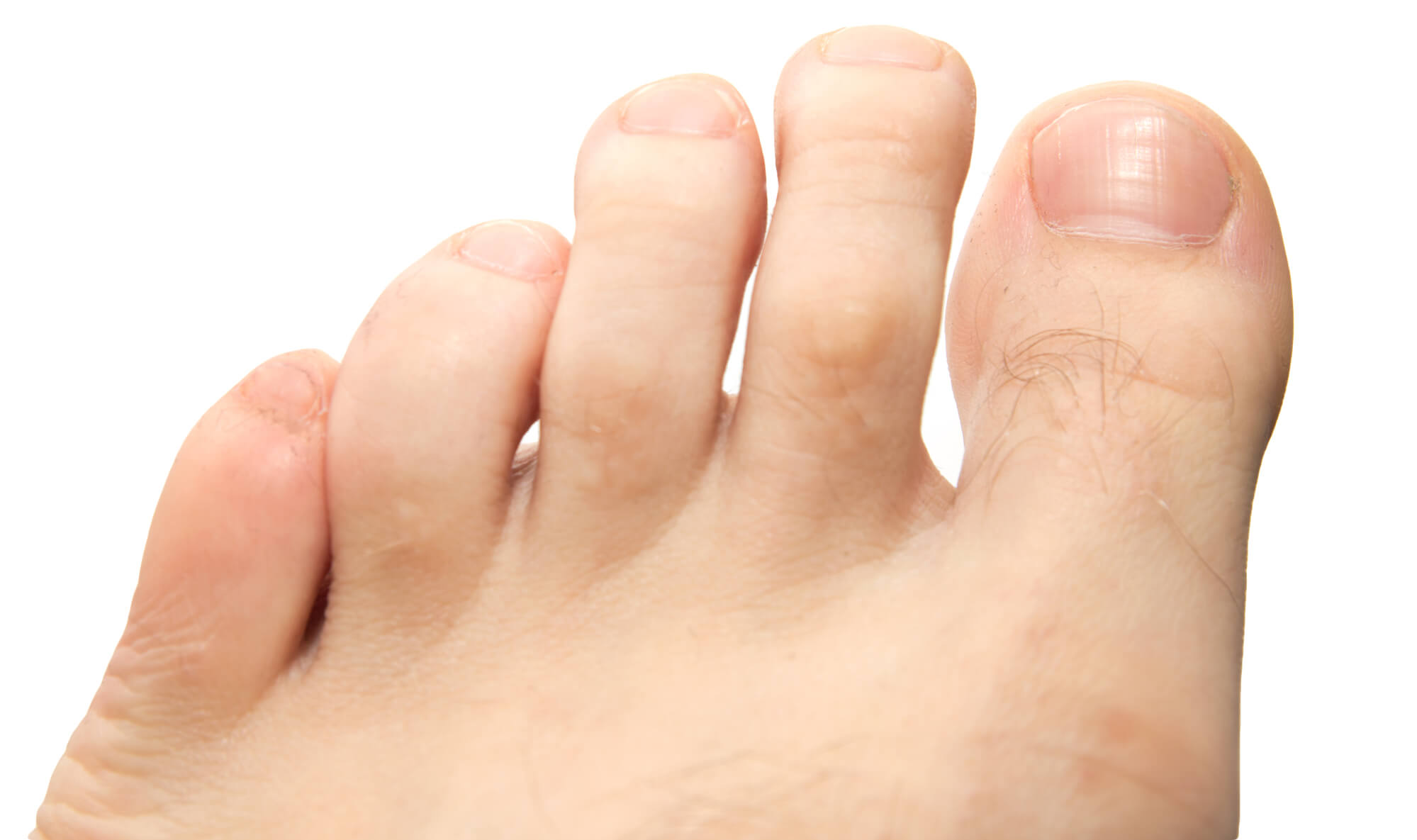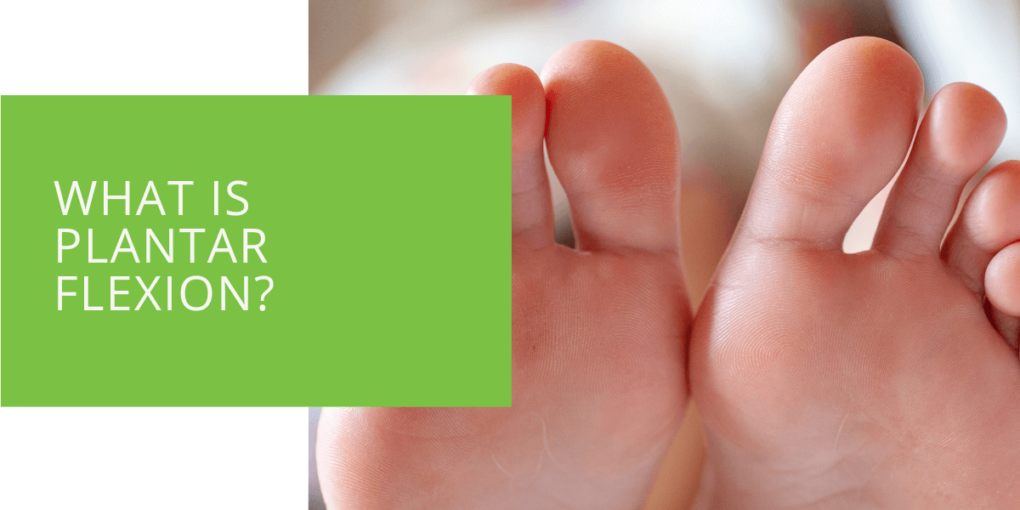What is Plantar Flexion?
Plantar flexion is a movement in which the toes are pointed downward, often referred to as "pointing the foot." This movement is controlled by the muscles in the lower leg, and is important for activities such as walking, running, and jumping. Incorporating plantar flexion into your fitness routine can provide a number of benefits, including improved balance and stability, increased flexibility and range of motion, and improved performance for athletes. However, it's important to be aware of common injuries related to plantar flexion and how to prevent them.
What is Plantar Flexion?
Plantar flexion is a movement of the foot and ankle that involves pointing the toes downward. It is the opposite of dorsiflexion, which is the movement of lifting the toes upward towards the shin. Plantar flexion is a key component of activities such as walking, running, and jumping, as it allows us to push off the ground and generate force.
Muscles Used in Plantar Flexion
Primary Muscles
The primary muscles involved in plantar flexion are the gastrocnemius and the soleus. These muscles are located in the back of the lower leg, and are often referred to as the "calf muscles." The gastrocnemius is a larger muscle that extends from the back of the knee to the heel, and is responsible for the bulk of the plantar flexion movement. The soleus is a smaller muscle located below the gastrocnemius, and it also contributes to plantar flexion.
Secondary Muscles
In addition to the gastrocnemius and soleus, there are also several smaller muscles that assist with plantar flexion. These include the tibialis posterior and the flexor digitorum longus. The tibialis posterior is located on the inner side of the lower leg, and helps to maintain the arch of the foot. The flexor digitorum longus is a muscle that runs along the inner side of the lower leg and foot, and helps to flex the toes downward.

Benefits of Plantar Flexion
Improved Balance and Stability
Incorporating plantar flexion exercises into your fitness routine can help improve your balance and stability. This is because plantar flexion involves using the muscles in the lower leg to push off the ground, which helps to strengthen these muscles and improve their ability to generate force. Strong calf muscles can also help to support the arch of the foot, which can improve overall balance and stability.
Examples of exercises that incorporate plantar flexion include calf raises, which involve standing on the edge of a step and lifting the heels up and down. Other exercises that involve plantar flexion include lunges and squats, which also involve pushing off the ground to generate force.
Increased Flexibility and Range of Motion
Plantar flexion can also help improve flexibility and range of motion in the lower leg. This is because the muscles in the lower leg, including the gastrocnemius and soleus, can become tight and inflexible if they are not stretched regularly. By incorporating stretches that focus on plantar flexion into your fitness routine, you can help improve the flexibility and range of motion in these muscles.
Stretches that focus on plantar flexion include standing calf stretches, which involve placing the ball of the foot on the edge of a step and slowly lowering the heel down towards the ground. Other stretches that can help improve plantar flexion range of motion include seated ankle stretches and standing ankle stretches, which involve pulling the toes towards the shin while keeping the heel on the ground. It's important to be gentle when stretching the calf muscles, as they can be prone to injury if stretched too far.
Other Benefits
In addition to improved balance and stability, plantar flexion can also have a number of other benefits. For athletes, strong calf muscles can help improve running performance by providing the power needed to push off the ground and generate force. Plantar flexion can also be beneficial for individuals with foot or ankle issues, such as plantar fasciitis. This is a common condition that causes pain and inflammation in the plantar fascia, a band of tissue that runs along the bottom of the foot. Stretching the calf muscles and incorporating plantar flexion exercises into a fitness routine can help alleviate the symptoms of plantar fasciitis.

Injuries and Treatment
Common Injuries
Although plantar flexion can provide many benefits, it's important to be aware of common injuries related to this movement. One of the most common injuries is plantar fasciitis, which is caused by inflammation of the plantar fascia.
Other common injuries related to plantar flexion include calf strains, which occur when the muscles in the lower leg are overstretched or torn.
Symptoms of these injuries can include pain and tenderness in the calf or foot, swelling, and difficulty standing or walking. If you experience any of these symptoms, it's important to seek treatment from a medical professional, such as a podiatrist. Podiatrists are medical professionals who specialize in the diagnosis and treatment of foot and ankle issues.

Treatment Options
Treatment for plantar flexion injuries will depend on the specific injury and its severity. In general, treatment may include rest, ice, and physical therapy. It's important to give the injured muscle time to heal, which may involve avoiding activities that cause pain or discomfort. Applying ice to the injured area can help reduce swelling and inflammation, and physical therapy can help stretch and strengthen the muscles in the lower leg.
If the injury is severe, you may need to see a podiatrist or other medical professional for treatment. Podiatrists are trained to diagnose and treat foot and ankle issues, and can provide a variety of treatment options, including medications and orthotic inserts to help support the foot and reduce pain.
Preventing Injuries
Warm Up and Cool Down
One of the best ways to prevent plantar flexion injuries is to make sure you warm up and cool down before and after exercise. A proper warm up can help increase blood flow to the muscles, which can help prevent injury. Cooling down after exercise can help reduce muscle fatigue and stiffness, which can also help prevent injury.
Examples of stretches that can be included in a warm up or cool down routine include standing calf stretches and seated ankle stretches. It's important to be gentle when stretching the calf muscles, as they can be prone to injury if stretched too far.
Proper Footwear
Wearing the right shoes can also help prevent plantar flexion injuries. It's important to choose shoes that fit well and provide the right level of support for your feet and activity level. For example, if you are an athlete, you may need shoes with more support and cushioning to help absorb the impact of running and jumping. If you have flat feet or a high arch, you may need shoes with special orthotic inserts to help support the foot.
Other Prevention Tips
In addition to warming up and cooling down and wearing the right shoes, there are several other things you can do to prevent plantar flexion injuries. One of the most important is to listen to your body and be mindful of any pain or discomfort you may be experiencing. If you are experiencing pain or discomfort in your calf or foot, it's important to take a break from your exercise routine and rest until the pain subsides.
Another important prevention tip is to avoid overuse. This means not pushing yourself too hard or too fast when starting a new exercise routine, and gradually increasing your intensity and duration as your muscles become stronger. It's also a good idea to vary your workouts to include a mix of different activities, rather than focusing on one specific type of exercise.
Conclusion
Plantar flexion is a movement in which the toes are pointed downward, and is important for activities such as walking, running, and jumping. Incorporating plantar flexion into your fitness routine can provide a number of benefits, including improved balance and stability, increased flexibility and range of motion, and improved performance for athletes. However, it's important to be aware of common injuries related to plantar flexion and how to prevent them. This includes warming up and cooling down before and after exercise, wearing the right shoes, and avoiding overuse. By following these tips, you can help prevent plantar flexion injuries and maintain a healthy, active lifestyle.

